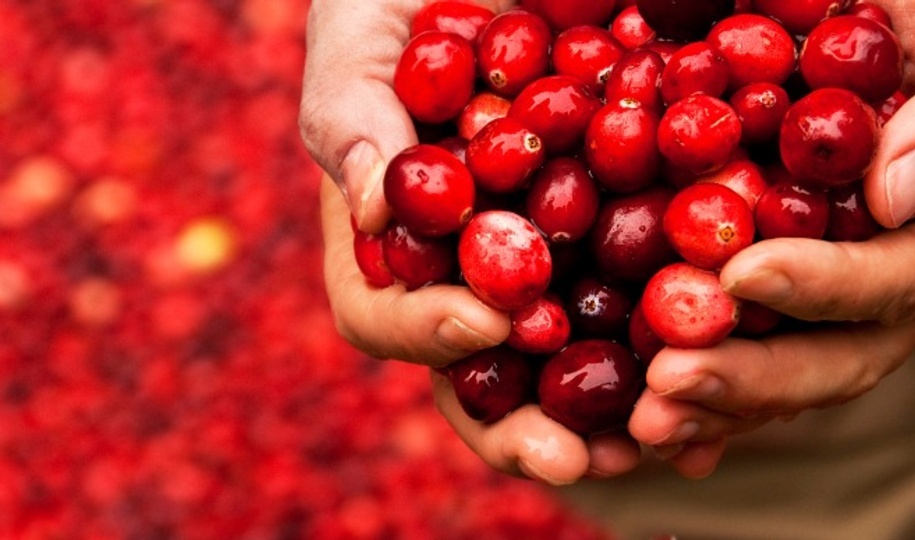 Clinical insight
Clinical insight 

Cranberry can reduce reoccurring medically diagnosed cystitis without causing antimicrobial resistance. But how does it work in the urinary tract and does its activity extend to the digestive system?
Urinary tract infections (UTIs), defined as the presence of bacteria in the urine at elevated levels (> 100 000/mL), are highly prevalent across the population.1,2
Gain access to the My Health Hub section which includes helpful tools, educational resources, and in depth research and information about the SFI Health range.